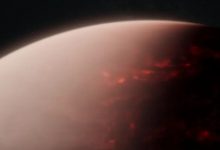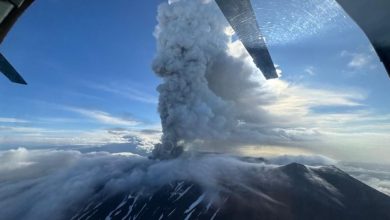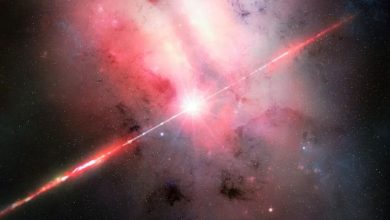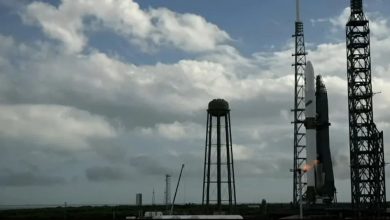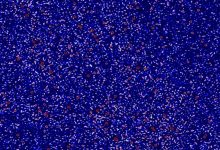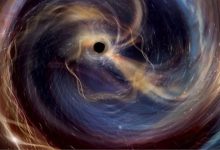Titan breaks a basic chemical rule, revealing how life’s ingredients may form in icy alien worlds.
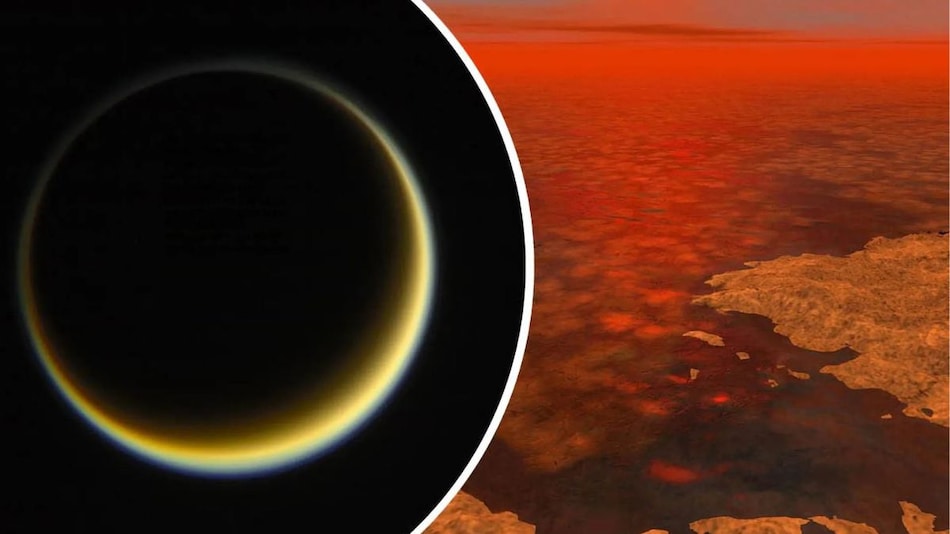
Saturn’s moon Titan shows polar and nonpolar molecules mixing, defying chemistry’s rules.
Click Here to Add Gadgets360 As A Trusted Source

Saturn’s largest moon, Titan, has astonished scientists by breaking one of chemistry’s oldest principles. A new study by researchers from Chalmers University of Technology in Sweden and NASA reveals that in Titan’s freezing environment, substances that usually cannot mix can actually combine. This unusual behaviour challenges the rule “like dissolves like” and opens new possibilities for understanding chemistry before life began on Earth. The finding could also explain how life’s building blocks might form in extreme, icy worlds far beyond our planet.
Titan’s Frozen Chemistry Stuns Scientists as Molecules Defy Nature’s Basic Rules
As per a recent report published in PNAS, scientists discovered that methane, ethane, and hydrogen cyanide—abundant on Titan’s surface and in its thick, nitrogen-rich atmosphere—can interact in ways previously thought impossible. The work, done by Martin Rahm from Chalmers University and colleagues, indicates that the polar and nonpolar molecules would exist in a stable crystalline state on Titan’s cold surface (which behaves very differently chemically than terra firma).
At the Jet Propulsion Laboratory (JPL) of NASA, low-temperature (77 K) CODH experiments were performed by laser spectroscopy on mixtures of HCN with CH4 and C2H6. Aided by Rahm’s team, JPL helped interpret the data. They found that the molecules of hydrocarbons could permeate hydrogen cyanide’s crystal lattice and, in doing so, create stable new compounds.
The oddity of nature in an extraordinary setting will offer a new method to explore the geology and atmosphere on Titan and may even provide insights into prebiotic chemistry in other frigid, alien worlds.
NASA’s Dragonfly mission, which will touch down on Titan in 2034, is designed to demonstrate prebiotic chemistry and hydrogen cyanide dynamics, showing that life can exist there under the coldest conditions known to man.

